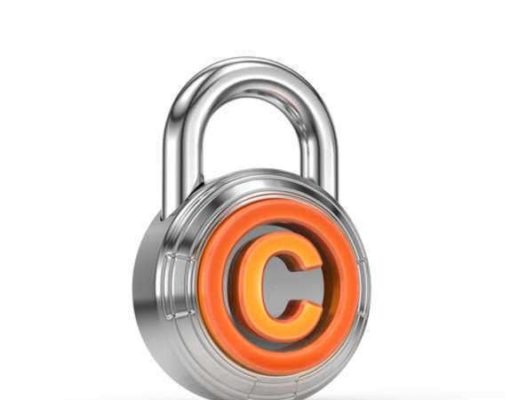Ownership of Copyright At A Glance

When an
author has copyright ownership of a work, he or she has the rights to the work
and can use, license, transfer, and sell the work. In copyright law, the work
is usually any idea that is conveyed through a specific medium. A person does
not have ownership of a copyright until an idea is presented through musical
pieces, motion pictures, photographs, drawings, or paintings. So, how is
ownership of a copyright determined?
Initial Ownership
An artistic work is copyrighted to the author of
the work the minute that it is completed. Initial ownership can be granted to
several authors, as long as each person contributed to the overall creation of
the work. If the work has been created by two or more authors, then the
copyright is granted for co-ownership to the authors.
What Are Works Made for Hire?
If a person creates a work for his or her employer
or another person or entity for which the author was hired, the work is owned
by the hirer. The only way in which an author can gain ownership of a work when
performing duties for an employer is if both entities agree and sign a written
contract that the author owns all copyrights to the work.
Contributions to Collective
Works
The copyrights that are present for separate
contributions to a work of collections is different than the copyright to the
collective work itself. Initially, the work is considered to be copyrighted for
the author of the contributing work. If a transfer of copyright ownership is
not present, then it is assumed that the author compiling a collective work has
acquired the rights to reproduce and distribute the works present within the
collective work.
The Transfer of Ownership
The transfer of ownership of any copyright may be
done as a whole or in part by any means of operation by law. Ownership can be
transferred by a will or may be passed as personal property under the laws of
intestate succession. All rights which are given by ownership of copyrights may
also be transferred unless a clause in a contract exists.
Involuntary transfer of copyrights and all
exclusive rights that come with it which have not been previously transferred
may not be transferred through seizure, expropriation, or transfer by any
governmental body, organization, or official. In other words, no entity may
forcefully transfer the rights of a copyright protection without the consent of
the original author of a work.
















